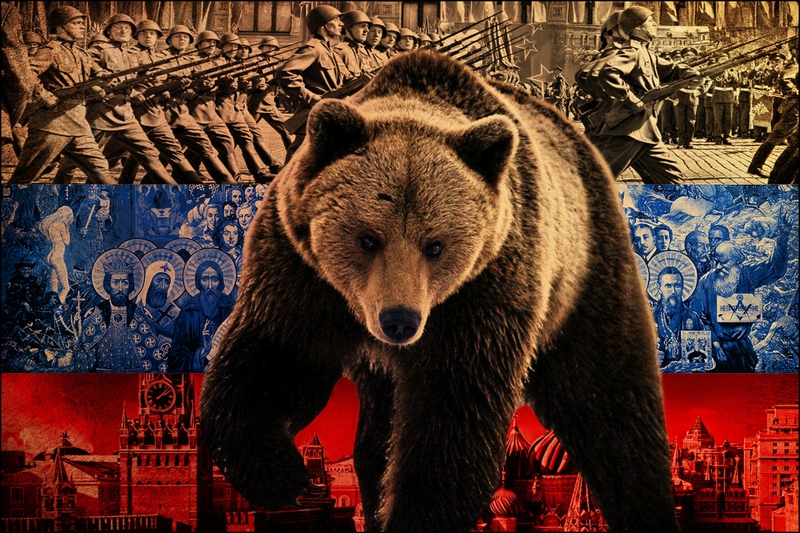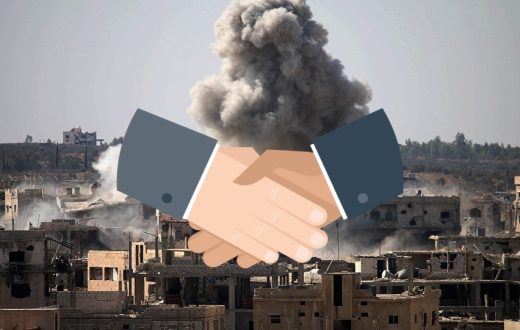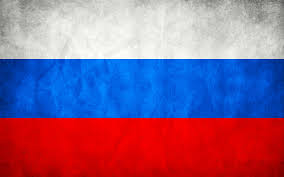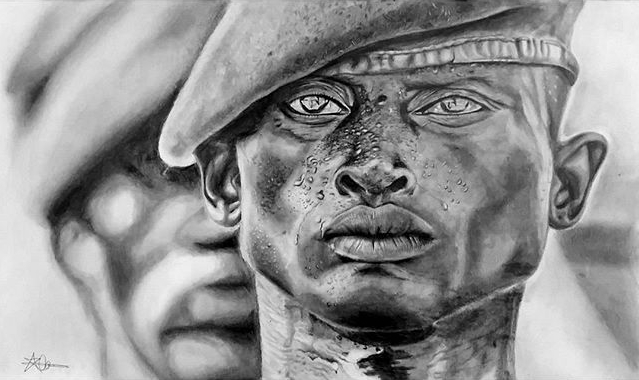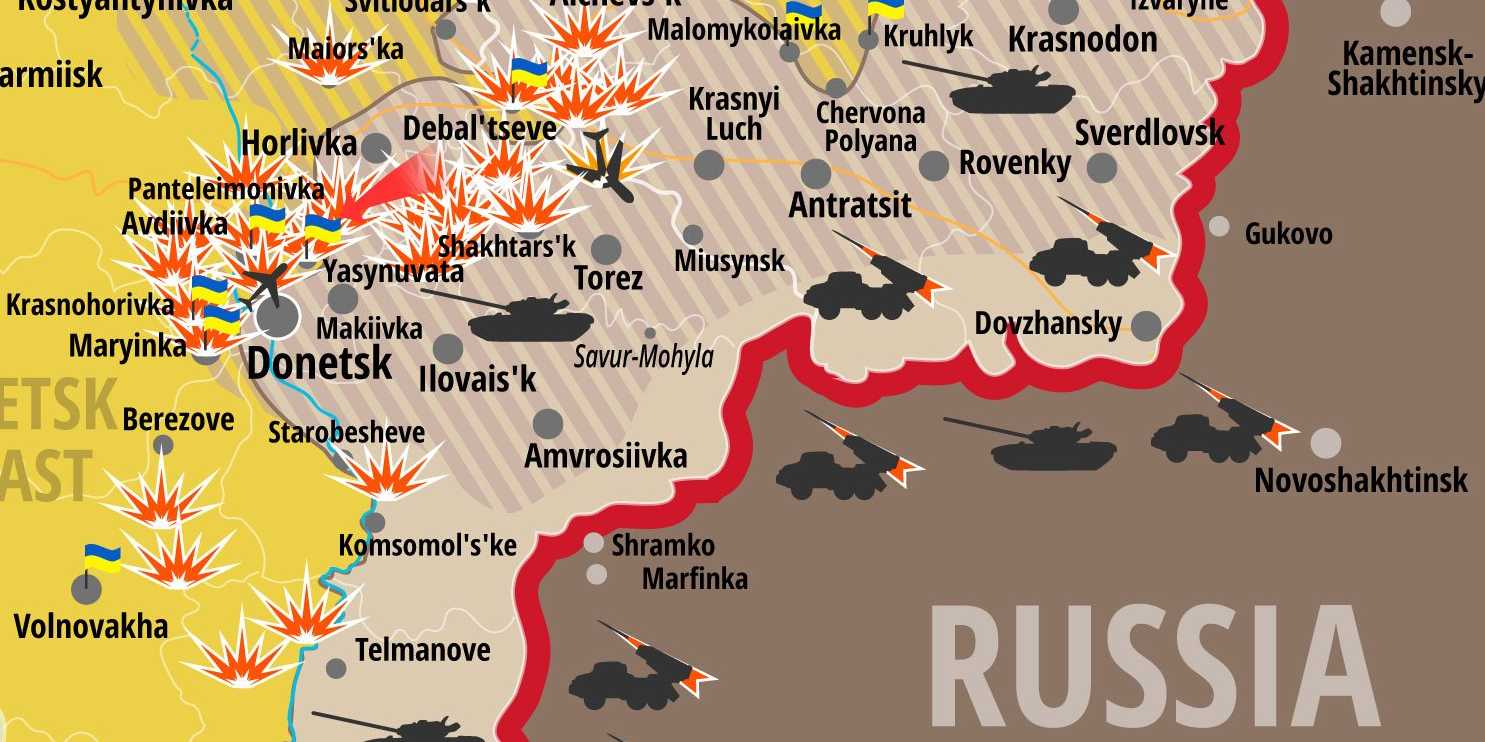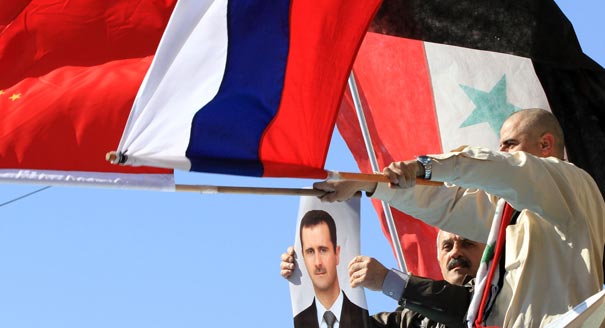A critical shift in the Kremlin’s budgetary planning is the flat growth in defense spending, which had risen steadily every year since 2011. The Kremlin had planned on expanding defense spending from the 2014 budget to 2015 by 20 percent but only increased spending by 10 percent because of financial constraints. However, defense was the only government sector that did not see its budget cut. The 2016 budget will increase the defense budget by only 0.8 percent, to 3.145 trillion rubles. (This amount is half of 2015’s budget of $83.7 billion; however, the ruble plummeted by nearly half during the past year and most of the Russian defense industry’s expenses are in rubles, not dollars.)
With the defense budget remaining fairly flat, it will be tricky to decide how to allocate the funds, especially since Russia’s defense obligations have expanded during the past year in Ukraine and Syria, along with more military exercises, counter-measures to NATO’s expanding presence and the planned 2020 Rearmement Program. Russia was able to handle the financial burden in 2015 but only because these obligations were not constant throughout the year. For example, Russia did not launch its military operations in Syria until September. However, with a similar budget in 2016, something must be cut for Russia to meet all of its obligations.
The military has already said that under the 2016 draft budget, it would not reduce personnel and that military salaries would rise to account for another 2 percent of the budget. Allotted funds for maintenance likely will not be cut either, since the increase in operations requires sufficient military equipment. Russia will also likely continue holding a high number of military exercises this next year as NATO expands its presence in the country’s borderlands. However, it is not clear how intense Russia’s operations will be in Syria or eastern Ukraine in 2016. The Kremlin said in September that Russian military operations in Syria will likely last four months, meaning they will end in January. Moreover, the cease-fire in eastern Ukraine is holding relatively well, and Russia could scale back its presence there in a bid to ease EU sanctions. Still, Moscow needs to have the funds ready to ramp back up in either Syria or Ukraine should its situation change either with Washington or Kiev, creating uncertainty over how much will be allocated for operations in 2016.
However, procurement, or investment in military technologies, is the one area where the Kremlin could limit spending in 2016. Russia’s ambitious Rearmament Program intends to give almost all the country’s military new equipment after a decade of neglect following the fall of the Soviet Union. But it is likely the program will be cut in the current draft budget, since it is the only area where spending is considerably flexible. The Kremlin and the Russian military will have to decide where to focus their spending priorities, with no new mass purchases of equipment likely. This will eventually degrade the Russian military and how it operates at home and abroad as its equipment ages.

